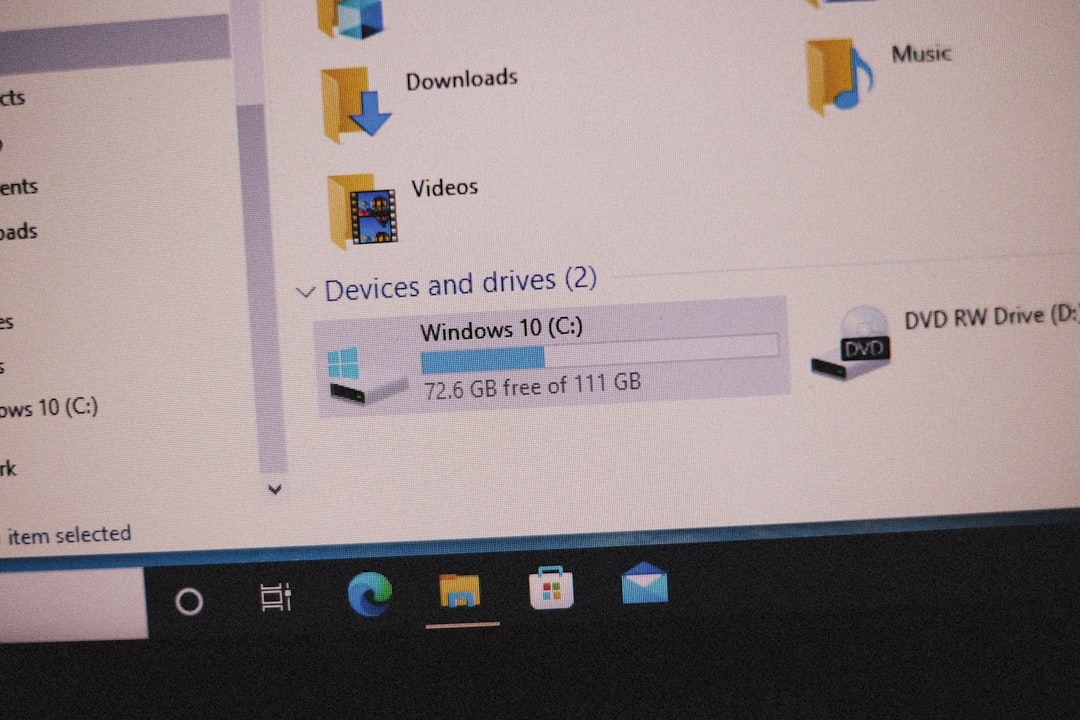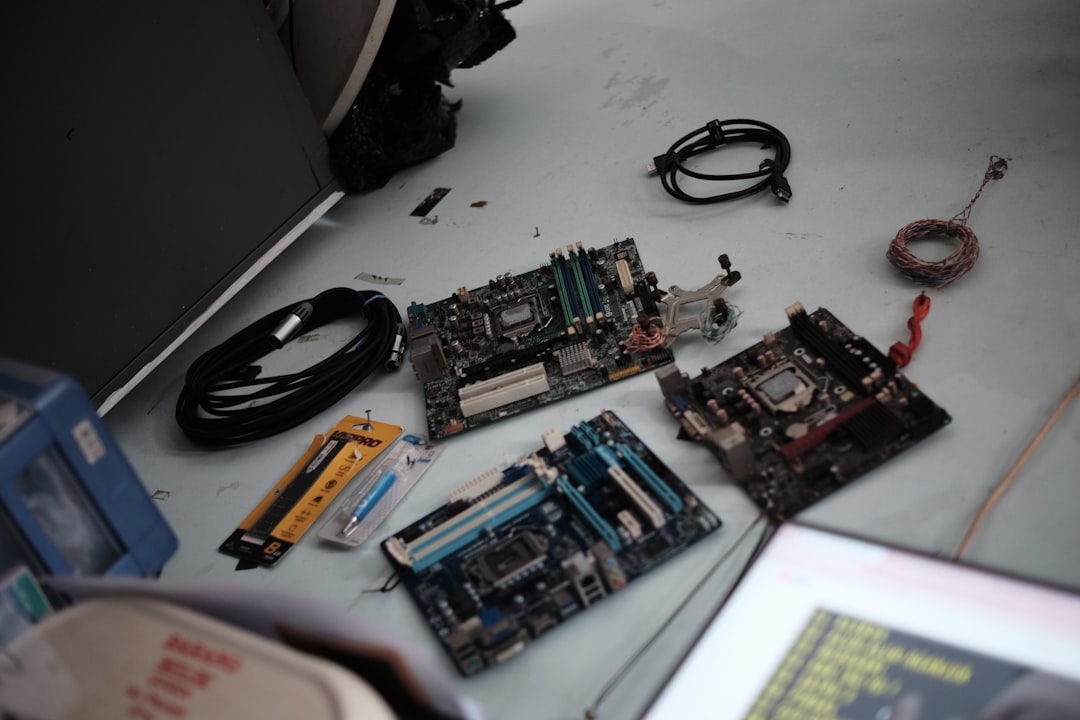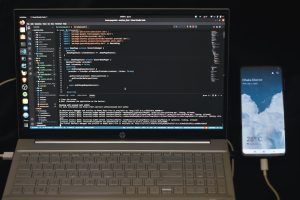
Encountering a Blue Screen of Death (BSOD) can be alarming, especially when it comes with the elusive error code 0x0000003B. This specific error is known as the SYSTEM_SERVICE_EXCEPTION and typically points to issues involving faulty drivers, system memory, or corrupted Windows system files. If you’re seeing this blue screen frequently, don’t worry—there are several effective ways to troubleshoot and fix the problem.
What Triggers the 0x0000003B Stop Code?
The 0x0000003B error usually occurs during intensive tasks, such as gaming, video rendering, or even running heavy software. Here are the most common causes:
- Outdated or incompatible device drivers
- Corrupt system files
- Memory (RAM) issues
- Third-party antivirus conflicts
- Overclocking or hardware issues
Each of these issues can trigger the system service exception, leading Windows to crash and display the dreaded BSOD.
How to Fix BSOD Error 0x0000003B on Windows
Follow these steps to diagnose and fix the issue. Start with the simplest solutions and move to the more advanced ones if the problem persists.
1. Update All Device Drivers
Outdated or corrupt drivers are a leading cause of BSODs. To update them:
- Press Windows + X and choose Device Manager.
- Right-click on each device and select Update Driver.
- Choose Search automatically for drivers.
If you’re not sure which driver is causing the issue, consider using driver updater software for an automated fix.

2. Run System File Checker and DISM
Corrupted system files are another common culprit. Use built-in Windows tools to repair them:
- Type
cmdin the Start Menu, right-click Command Prompt, and select Run as administrator. - Enter
sfc /scannowand press Enter. Wait for the scan to finish. - If issues persist, run the following DISM commands:
DISM /Online /Cleanup-Image /ScanHealthDISM /Online /Cleanup-Image /RestoreHealth
These tools will attempt to repair Windows system files and restore the system’s stability.
3. Check for Memory Issues
Faulty RAM can lead to the 0x0000003B error. You can test the memory using the Windows Memory Diagnostic Tool:
- Press Windows + R, type
mdsched.exe, and hit Enter. - Choose Restart now and check for problems.
- Let the tool scan your memory and review the results after reboot.

4. Uninstall Third-Party Antivirus Software
Some antivirus programs interfere with system processes and cause BSODs. If you’ve installed third-party antivirus software:
- Go to Control Panel > Programs and Features.
- Find your antivirus in the list and uninstall it.
- Reboot your PC and see if the issue persists.
Windows Defender offers solid built-in protection, so your system won’t be vulnerable after removal.
5. Revert Overclocking Settings
If you’ve overclocked your CPU, GPU, or RAM, it might be causing instability. To undo overclocking:
- Restart your system and enter BIOS/UEFI settings (usually by holding Delete or F2 at startup).
- Look for overclocking settings and choose Restore Defaults or Load Optimized Defaults.
- Save and exit BIOS.
6. Perform a System Restore
If the BSOD started appearing after a recent update or installation, performing a system restore can help:
- Type
System Restorein the Start Menu and open it. - Follow the on-screen steps to choose a restore point from before the problem started.
7. Reset Windows (If All Else Fails)
As a last resort, you can reset Windows to its factory settings while keeping your files:
- Go to Settings > Update & Security > Recovery.
- Click Get Started under Reset this PC.
- Choose Keep my files and follow the instructions.
Final Thoughts
BSODs are frustrating, but the 0x0000003B error is usually solvable with a bit of detective work. Start with driver updates, check your system files, and clear out any conflicting software. With these steps, you should be back to a stable desktop environment in no time. Don’t forget to make regular backups of your data—just in case!






